Monica Haas, Alpha
mohaas3@yahoo.com

I am 38 and a new Mennonite Christian in the beginning of my peace journey. I can’t share big sophisticated words or any biblical theology with you but I can share what my heart is singing. When God puts people in my life to help motivate me on my journey, I am overjoyed and grateful.
I grew up within Roman Catholicism. After my confirmation, I didn’t attend church regularly or have a relationship with God. My family and community always agreed that war is necessary to protect our freedom. Growing up I thought this didn’t seem right, yet I never heard otherwise. I dismissed the thought and went on with my life figuring I was fine as long as I didn’t have to kill anyone or actually see anyone being killed. It became normal not to question it.
You can imagine my shock at age 36 when the Lord of Peace revealed to me that I am the Beloved Daughter of God. I was led to a nurturing, healing Mennonite church, a huge leap for me considering I had never heard of a Mennonite before. Ever since I have been hungry for Jesus’ teachings and studying Anabaptist ways.
Recently, I attended the annual Peace Retreat at Spruce Lake to hear Father John Dear speak about active nonviolence. It was music to me. These are the clear messages that I heard as essential for peacemaking: The Sermon on the Mount should not be only read and studied but taken literally and actively. We should engage in intimate prayer with God, form community, and become fearless. We should not be afraid to speak in a passionate manner, tell we are followers of Jesus, and that all acts of violence on any of God’s children is wrong and is not Jesus’ way.
As brothers and sisters we’re all in this together. We might be from different religions, ethnic backgrounds, or at different places on the peace path, but we are in this world together. We are all needed to help with the everyday struggles against violence, even when it is unpopular. Simple pacifism is not good enough anymore. We need to unite for God’s same purposes.
Father John talked about making time to listen to what God wants us to do and simplifying our lives so that we are not distracted. Between our jobs and accumulating possessions we’re so busy that we get off the path of peace. Gandhi used to meditate an hour in the morning and at night. I have been practicing giving my fears to God so that I am able to hear what God asks of me.
One of our small group sessions raised this question: Where are you going and how far are you willing to go on your peace journey? I used to have my life all planned out, but those days are over. The day I was baptized at Alpha Mennonite Church, at age 37, was one of my most life changing experiences. That was the day I said, “I am yours Lord; do with me as you please.†Now I live one day at a time, lovingly embraced by God, and willing to follow the Lord wherever he leads.

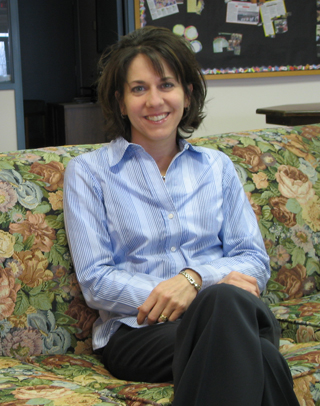 In mid-February Franconia Mennonite Conference welcomed Denise Alderfer as Associate Bookkeeper. Denise works at the Souderton, PA, Conference Center twice a week assisting Conrad Martin, Director of Finance, with bookkeeping duties.
In mid-February Franconia Mennonite Conference welcomed Denise Alderfer as Associate Bookkeeper. Denise works at the Souderton, PA, Conference Center twice a week assisting Conrad Martin, Director of Finance, with bookkeeping duties.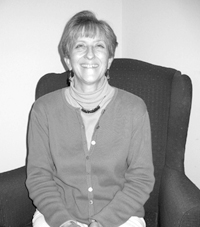


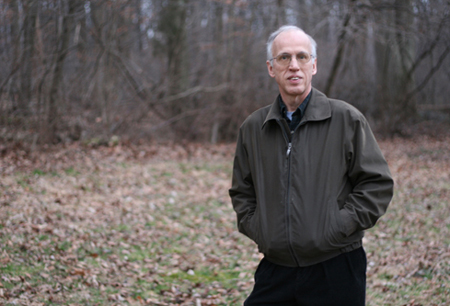 I have known Rich Moyer for most of my life. Rich baptized me, he was the pilot on my one and only toboggan ride, and he introduced me to computer solitaire. If I don’t stop myself, I can lapse into all of my Rich stories here and now. It is a common inclination among others I talked with who know Rich.
I have known Rich Moyer for most of my life. Rich baptized me, he was the pilot on my one and only toboggan ride, and he introduced me to computer solitaire. If I don’t stop myself, I can lapse into all of my Rich stories here and now. It is a common inclination among others I talked with who know Rich.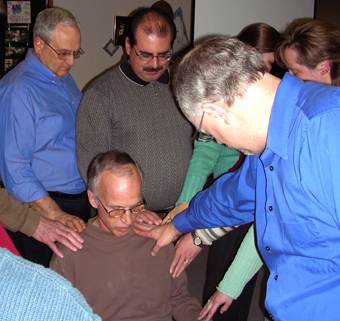 Rich’s friends and family atttest to his integrity. “My goal is to be able to have people who send money to the conference know that they can trust that the money will be handled with integrity, with no concern for fraud.†As treasurer, Rich worked with congregations to manage their money and understand the ins and outs of budgeting. He expressed special concern for people who were new to the job, who would not
Rich’s friends and family atttest to his integrity. “My goal is to be able to have people who send money to the conference know that they can trust that the money will be handled with integrity, with no concern for fraud.†As treasurer, Rich worked with congregations to manage their money and understand the ins and outs of budgeting. He expressed special concern for people who were new to the job, who would not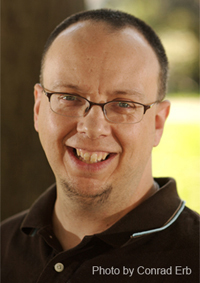 Gulf States Mennonite Conference leader Steve Cheramie-Risingsun said last month at Deep Run East that the church needs Franconia Conference congregations to be strong and healthy. He said that in native tradition the strong, straight trees growing around Deep Run’s meetinghouse suggested good earth and good care-taking.
Gulf States Mennonite Conference leader Steve Cheramie-Risingsun said last month at Deep Run East that the church needs Franconia Conference congregations to be strong and healthy. He said that in native tradition the strong, straight trees growing around Deep Run’s meetinghouse suggested good earth and good care-taking.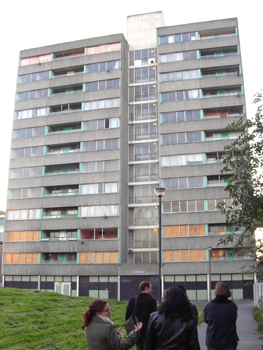

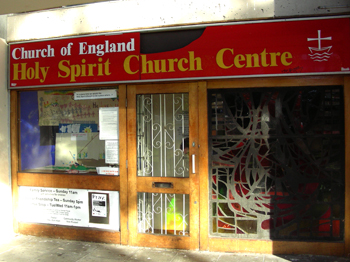 It is Jesus talk. I know Jesus didn’t say it, but many of the Christians I saw in the UK lived into their post-Christendom disadvantage, graciously. I saw in the Ingrams’ and others a truly attractive approach to their work. If asked to account for the buoyant spirit of the folks we encountered on this journey, I would guess it has to do with their status. In ‘Christendom’ the issue was citizenship. ‘Post-Christendom’ is the birth pangs of a new and unsettled world, but it comes with a healthy recognition that, in the realm of God, one is a pilgrim, with freedom and confidence to be on the move.
It is Jesus talk. I know Jesus didn’t say it, but many of the Christians I saw in the UK lived into their post-Christendom disadvantage, graciously. I saw in the Ingrams’ and others a truly attractive approach to their work. If asked to account for the buoyant spirit of the folks we encountered on this journey, I would guess it has to do with their status. In ‘Christendom’ the issue was citizenship. ‘Post-Christendom’ is the birth pangs of a new and unsettled world, but it comes with a healthy recognition that, in the realm of God, one is a pilgrim, with freedom and confidence to be on the move.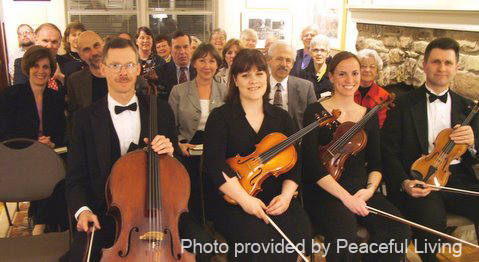 For Peaceful Living’s founder Joe Landis, growing up in southeastern Pennsylvania’s oldest Mennonite community has been to know what a family singing circle felt like. At home the sensation focused in table fellowship and story-telling. At church there was the sacrament of singing together in a folk harmony. He joined this harmony singing as a child, hardly noticing how he had
For Peaceful Living’s founder Joe Landis, growing up in southeastern Pennsylvania’s oldest Mennonite community has been to know what a family singing circle felt like. At home the sensation focused in table fellowship and story-telling. At church there was the sacrament of singing together in a folk harmony. He joined this harmony singing as a child, hardly noticing how he had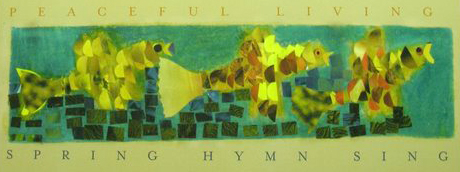 Story behind the cover art: Cover art for “Spring Hymn Sing†was created by Ramin Dabiri of Wynnewood, PA. Ramin is a participant in Peaceful Livings’ Creative Gifts Community Mentoring Program. He has a cognitive disability due to a birth defect. Ramin enjoys the ability to express himself through art. He also enojoys music and is fluent in three languages including Turkish, Persian, and English.
Story behind the cover art: Cover art for “Spring Hymn Sing†was created by Ramin Dabiri of Wynnewood, PA. Ramin is a participant in Peaceful Livings’ Creative Gifts Community Mentoring Program. He has a cognitive disability due to a birth defect. Ramin enjoys the ability to express himself through art. He also enojoys music and is fluent in three languages including Turkish, Persian, and English.